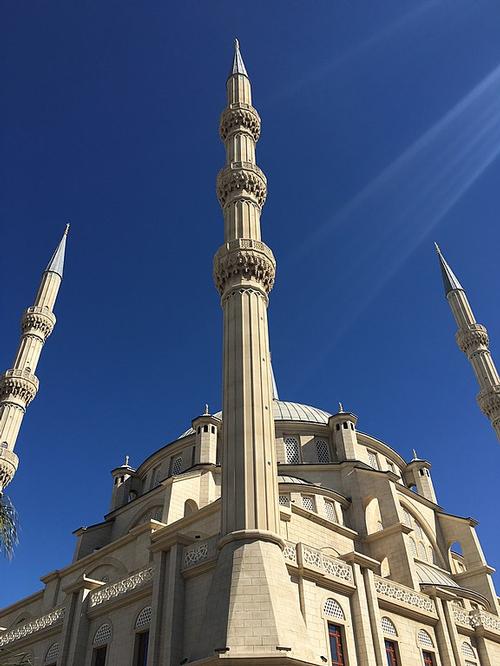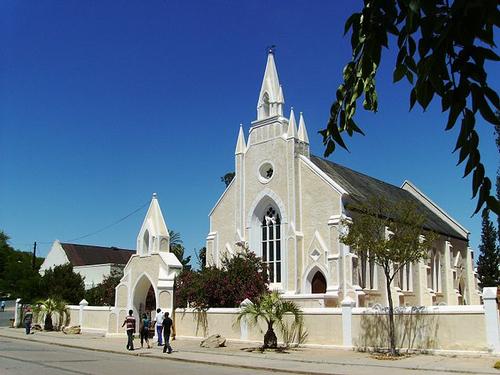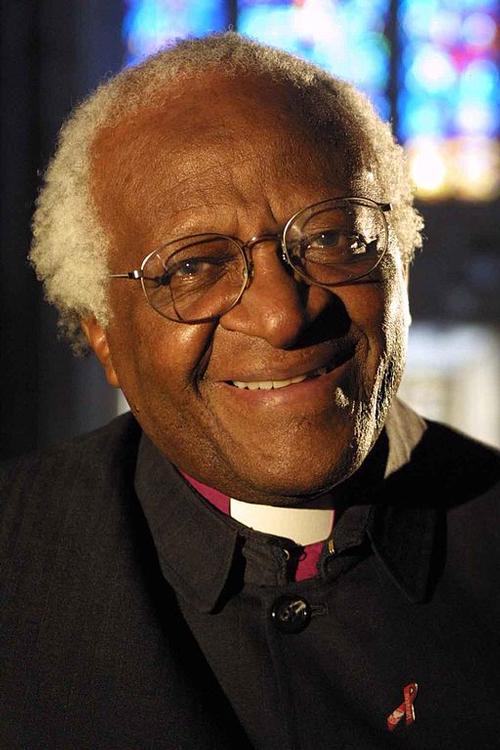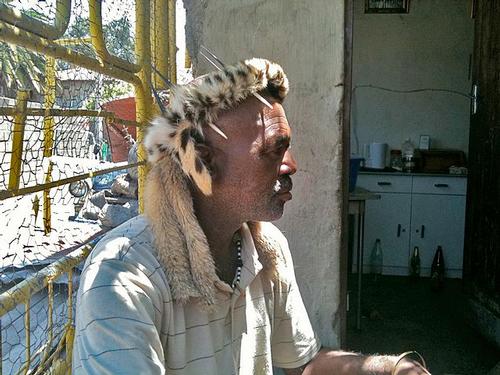SOUTH AFRICA
Religion

Religion
Cities in SOUTH AFRICA
| Cape town | Johannesburg |
Religion
About 77% of all South Africans are members or consider themselves members of one of the many Christian churches or movements. The establishment of the Calvinist church in South Africa was a result of the colonial policy of the United East India Company. During that period, other churches were not allowed to hold worship or mission.
It was not until 1779 that German Lutherans were allowed to open a church building, and many other missionaries followed in the centuries that followed. The so-called black independent churches, the African Independent Churches, have been the largest religious community in South Africa since approx. 1850, with more than 3000 different independent churches, together more than 6 million members. Sometimes they consist of only one congregation and sometimes they have tens of thousands of members. These exclusively black churches are distinguished in the Ethiopian Church and the Zionist Church, where the Holy Spirit, healing and elements of traditional African religion play a major role.
Both directions adhere to a deeply entrenched belief experience, are very focused on their leaders, are very conservative, are opposed to European beliefs, and are generally based on their own interpretation of the Bible. The largest of these churches is the Zionist Christian Church, which has several million members throughout southern Africa and was founded in 1914 by "prophet" Engenas Lekganyane. Another big black church is that of the Baptist Church, established in Natal in 1911 by the Zulu Isaias Shembe de Nazareth.
There are three white churches in South Africa, of which the strong Calvinist Lower German Reformed Church with 1,350,000 members is the most influential. In the 19th century the Lower German Reformed Church of Africa (1853) and the Reformed Church of Africa or the Dopperkerk (1859) split from the Lower German Reformed Church. The meeting of the Lower German Reformed Church in 1857 allowed racially separate church services.
 Nizamiye Masjid, biggest mosque in South Afriica, MidrandPhoto: MaseehKat CC 4.0 International no changes made
Nizamiye Masjid, biggest mosque in South Afriica, MidrandPhoto: MaseehKat CC 4.0 International no changes made
As a kind of daughter church, the Lower German Reformed Sending Church for Reformed Colorists was founded in 1881, followed by separate Reformed Churches for blacks (Lower German Reformed Church in Africa) and for the Indians the Reformed Church in Africa. The white Lower German Reformed continued to dominate these three divisions both financially and ideologically. Since 1974, opposition to this dominant position has increased by the Broederkring, a group of pastors and lay people who were renamed the Confessing Circle in 1983. Old Duitch Reformed chruch, Mainstreet, Clanwilliam, South AfricaPhoto: Andrew Hall CC 3.0 Unported no changes made
Old Duitch Reformed chruch, Mainstreet, Clanwilliam, South AfricaPhoto: Andrew Hall CC 3.0 Unported no changes made
Within the Lower German Reformed Church in Africa and the Lower German Reformed Sending Church, resistance grew in the 1980s against this expression of apartheid policy. One of the prominent figures of the Sendingkerk was Dr. Allan Boesak who was also a strong supporter of the joining of both groups in the United Reformed Church. For multiracial churches such as the Roman Catholic (established in South Africa only in the 2nd half of the 19th century), the Methodist, the Anglican (from 1749), the Lutheran (especially in the Cape Province and Transkei) and the Presbyterian (from 1806), a large majority of supporters are blacks. Later Baptists, Greek Orthodox and the Pentecostal church were added.
The most imaginative ecclesiastical leader is Anglican Archbishop Desmond Tutu. It was therefore not surprising that he was the first black South African to take charge of the Anglican Church, which has always resisted the apartheid system. He received the Nobel Peace Prize in 1984 for his opposition to apartheid.
 Archbishop Desmond Tutu, South AfricaPhoto: Benny Gool in the public domain
Archbishop Desmond Tutu, South AfricaPhoto: Benny Gool in the public domain
Ecumenical cooperation developed from the General Missionary Conference (founded in 1904), through the Christian Council for South Africa (1936), to the South African Council of Churches, which was founded in 1968 and internationally acclaimed. Tutu, CF. Beyers Naudé and F. Chikane are their leaders.
The number of Hindus is more than half a million, making this religion by far the most important among the Indians. The majority of the more than 400,000 Muslims are found among the colored people and the Indians in large cities such as Durban and Cape Town, the number of Jews is estimated at 150,000.
Before the arrival of the whites, the original inhabitants of South Africa, Hottentots, Bushmen and the various Banto people each had their own indigenous religions. Fertility rituals, harvest rituals, ancestor worship and the holy belief in the existence of higher powers and forces are common features. At the end of the 20th century, another quarter of the black population would adhere to these religions. Inyangas and sangomas, traditional African healers, also play an important role in the culture and religious life of the black South Africans, even in the big cities. Inyanga Sylvester from Alexandra, Johannesburg South AfricaPhoto: Mycelium101 at English Wikipedia CC 3.0 Unported no changes made
Inyanga Sylvester from Alexandra, Johannesburg South AfricaPhoto: Mycelium101 at English Wikipedia CC 3.0 Unported no changes made
Sources
Dekker, M. / Zuid-Afrika
Gottmer/Becht
Luirink, B. / Zuid-Afrika : mensen, politiek, economie, cultuur, milieu
Koninklijk Instituut voor de Tropen,
Moerkamp, J. / Zuid-Afrika
ANWB
Schaap, D. / Zuid-Afrika
Minbuza Kosmos-Z&K
Zuid-Afrika
Cambium
CIA - World Factbook
BBC - Country Profiles
Last updated December 2025Copyright: Team The World of Info